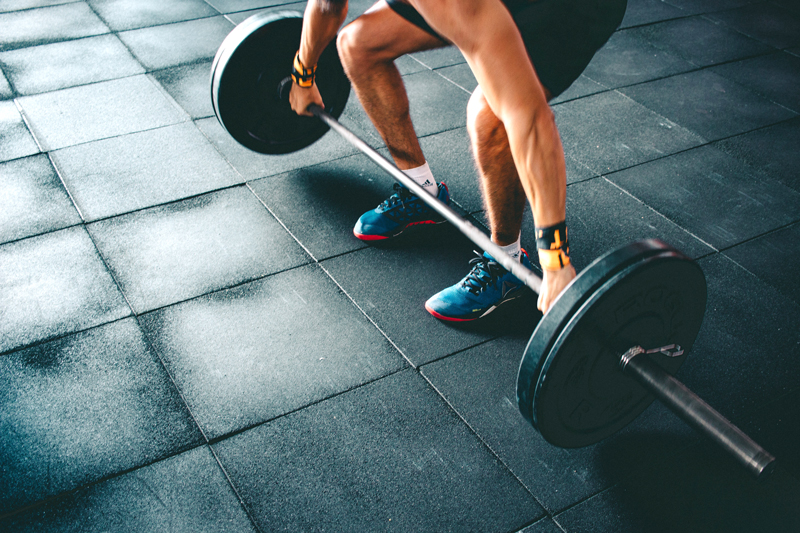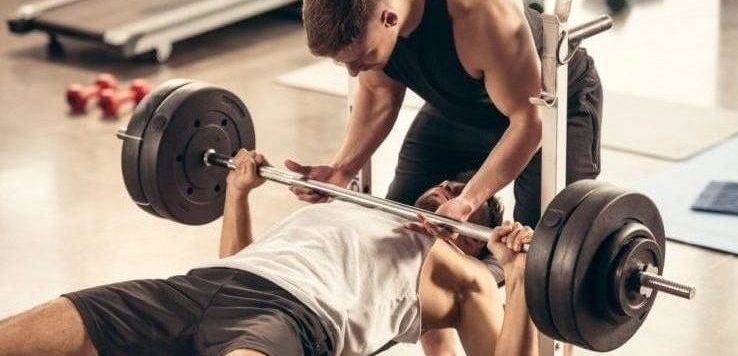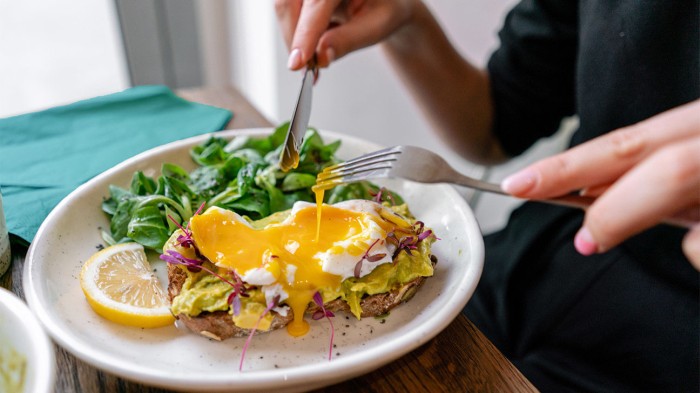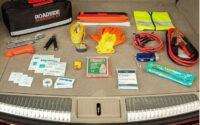If you are trying to “get in shape,” you have likely received advice from friends and from the web. To avoid various health issues you should only eat whites of eggs, avoid milk, and keep your heart rate in a certain range.
Table of Contents
Our advice? Don’t judge those guys
Trainers and researchers continue to discover new facts about muscle growth and fat loss every day, and as a result, implementing strategies that would give some gym veterans a panic attack may actually help you get better gains. Here’s ten examples.

-
Weight training helps increase flexibility
By performing exercises through your full range of motion, you can build strength and flexibility all at once, which benefits your muscles and connective tissues as a whole. “Lunges, chinups, squats, and Romanian deadlifts are superior to static stretching for improving performance in the gym and on the sports field,” he says.
-
Drink milk
There has been a backlash against the use of salt and sugar due to their adverse health effects. Switching to skim milk results in dieters’ having the cheapest and simplest post-workout shake available. “Twenty ounces of milk provides an ample serving of carbohydrates and a variety of whey and casein protein, which are quickly absorbed by the body,” says Hartman. “The combination is ideal for post workout recovery”.
-
Shift more weight towards one side
When you lift outside the gym, whether it’s groceries or boxes, you’re rarely handling the same amount of weight on each side of your body. This is why it makes sense to train with asymmetrical weights-particularly weighted dumbbells. “Begin with a 10% commitment on one side of you,” suggests Stankowski. We suggest that you lift that weight with the opposite hand. The uneven load will force your muscles to work harder, shock your body into new growth, and stimulate cardiovascular benefits. Always train with weights that you are confident you can lift safely and with form.

-
Don’t lower your bar to your chest during a bench press
“Pull it there,” suggests Stankowski, Coan’s friend and training partner. “Actively bringing the bar down to your body forces you to engage your lats-muscles that are crucial for supporting your bench press and lifting big weight.” But take it easy: Pull the bar down with control for safety.
-
Don’t perform cardio in a muscle-burning zone
The false idea that one can only burn fat if they elevate their heart rate for a certain amount of time, and only at a certain intensity. “That’s not true,” says Alwyn Cosgrove, a strength coach in Santa Clarita, Calif. “The idea is based on the fact that low-intensity exercise burns a higher percentage of calories from fat.” This is fueled more by your carbohydrate stores. “But it’s a smaller percentage of a larger number.” Think about it: Lying on a couch is a very low intensity activity-which means the calories you burn just lying there are primarily from fat-but because you’re burning so few calories overall, it’s hardly an effective method for fat loss. “Don’t pay attention to what’s on the wall!” says Cosgrove. “Do high-intensity intervals or lift weights.” You may not get as fat as with low-intensity cardio, but you’ll burn significantly more calories than just doing low-intensity cardio.
-
Go below parallel on squat exercises
Contrary to what most trainers say, the lower you squat, the less likely you are to injure yourself. “Any orthopedic surgeon will tell you that the knee joint is most unstable at 90 degrees,” Cosgrove said (when your thighs are about parallel to the floor). The reason this issue is relevant is because the shinbone can move around more than the thighbone at that position. This exercise increases the damage risk even more, because the range of motion is shorter and you can add more weight to a parallel squat than you can to a full squat. When researchers at the University of Connecticut compared the results of two subject groups-one that squat as deep as possible and one that squats only at a parallel-they found that the full squatters added significantly more muscle to their thighs.

-
Eat eggs yolks and all
Eggs are one of the most nutrient-dense foods out there, which means you can get a lot of nutrients in one spot if you eat eggs. Each serving provides a good mix of vitamins and minerals and they provide six or more grams of protein , which is easily digested (with all the essential amino acids). While it is true that egg yolk contains fat, it is predominantly the unsaturated, heart-healthy kind. “Egg yolks also contain choline,” says Volek, “a substance that breaks down fat, helps make up the membranes of nearly every cell in your body, and produces neurotransmitters.” There’s more! On the low end of the spectrum, eggs are one of the cheapest sources of muscle protein.
-
Know your insulin
“Everything you eat tells your body either to burn fat or to store it,” says Toronto strength coach Craig Ballantyne, C.S.C.S. The foods you consume cause strong hormonal responses in your body, particularly from insulin-a hormone that can shut down fat-burning in a hurry. “One of the most important ways to lose weight is to not allow your insulin levels to rise,” which can be done by following a high-fiber, low-sugar diet,” says Ballantyne. At the same time, elevated levels of insulin ensure a quick protein fix, when the body needs a fast fix for muscle recovery. “Insulin allows carrying of proteins into muscles for faster recovery from workout and greater growth,” Ballantyne says.
-
Try performing barbell complexes instead of mid-afternoon cardio
A complex workout entails completing a sequence of exercises without rest. After your workout, not only will your body burn more fat than the treadmill, but it will also use less muscle tissue than the treadmill (a danger with any cardio activity). “Complexes work much the way intervals do,” says Hartman. “By stimulating a lot of your muscle and forcing your body to burn more fat during and after the workout.” Perform 10 reps of the following exercises with good form: good morning, squat, push press, front squat, Romanian deadlift, and bentover row. The weight you use should be the heaviest exercise that you can do on one arm. (So, if you can do only 10 reps with 135 pounds on the front squat, you should use 135 pounds for every exercise.) Rest three times as long as it takes you to complete, and perform the exercise again approximately 10 times, depending on your level of conditioning.
-
Don’t merely strength train your largest muscles first
While performing bicep curls before chins is a good formula for growth, it isn’t necessarily flawless. “Muscles don’t work alone,” says Cosgrove, “so if your chin-up isn’t all that impressive, then it could very well be the result of weak biceps, which help complete the movement.”
A better rule of thumb:
Train whichever muscles are weaker first, even if it means violating other rules you’ve heard.










